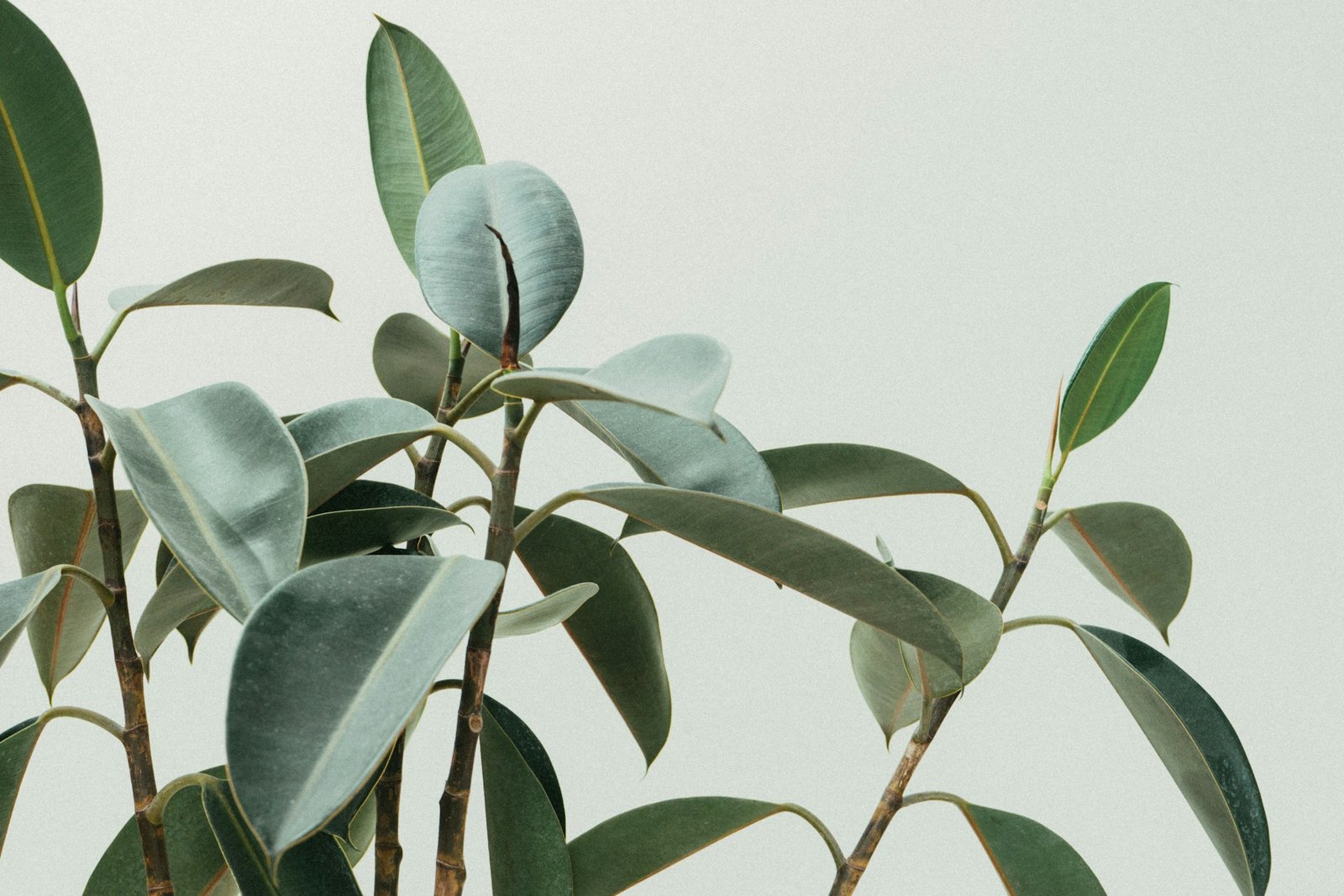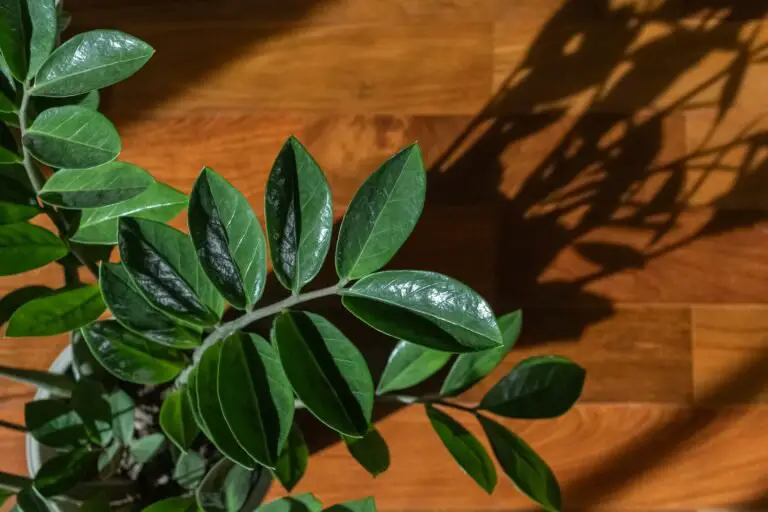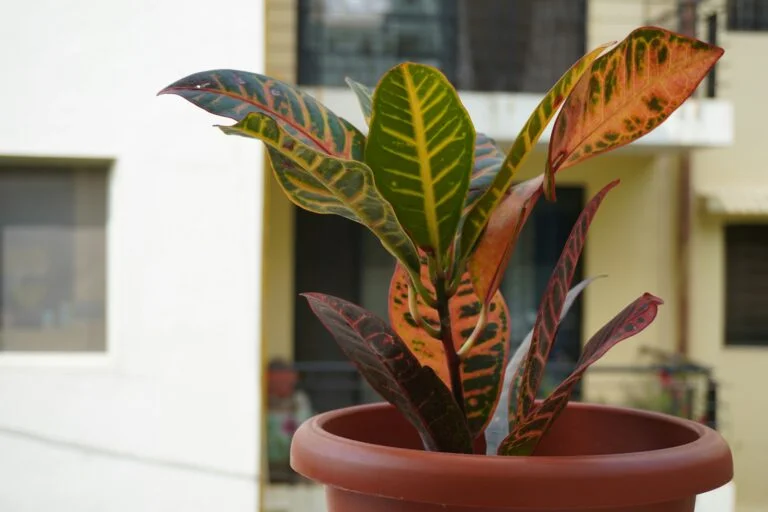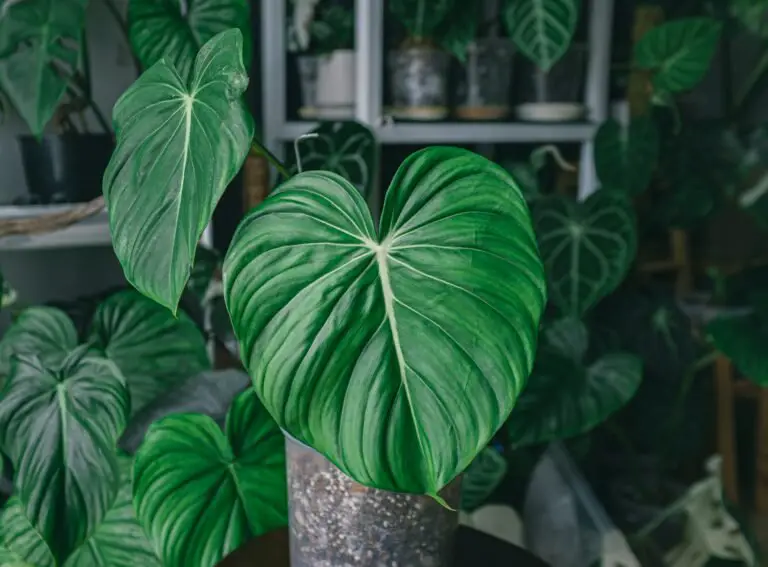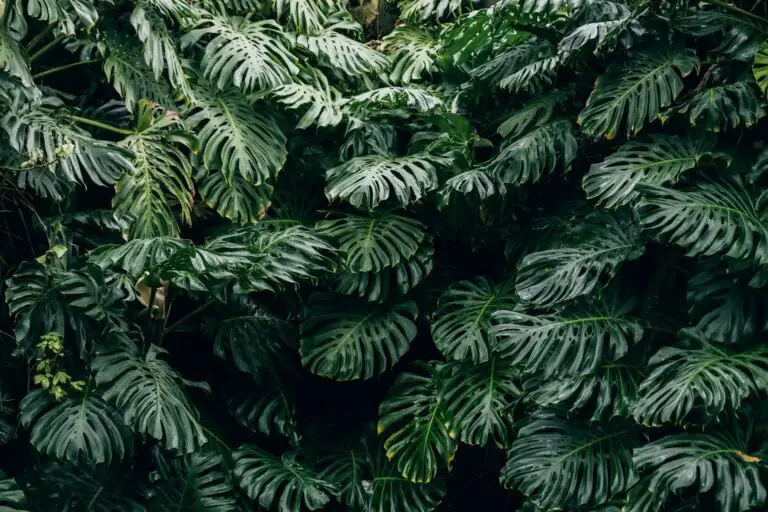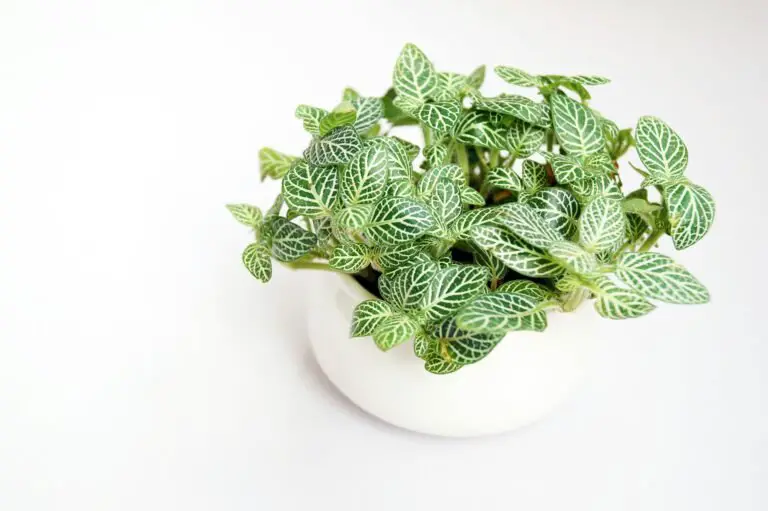Rubber Plant Care Guide: Your Bold, Beautiful Statement Piece
You want a plant that brings serious drama, impressive size, and a touch of the tropics right into your living room? A plant with glossy, leathery leaves that practically demand attention? Then it’s time for a Rubber Plant (Ficus elastica). This isn’t just a houseplant; it’s a living sculpture, a bold statement, and surprisingly, a pretty chill companion once you get its vibe. 🌳
If you’ve admired those towering, polished leaves in plant shops and thought they looked too intimidating, think again. The Rubber Plant is a rewarding addition that offers maximum impact for relatively minimal fuss. We’re going to dig into why this leafy giant is a popular choice, how to keep its foliage gleaming, and how to help it reach impressive heights without turning into a temperamental diva.
Why This Plant is a Star (What Makes it Special)
The Rubber Plant is an iconic indoor tree that has seen a huge resurgence in popularity, and it’s easy to see why. Its striking presence comes from:
- Stunning Foliage: Large, thick, glossy leaves, often dark green, burgundy, or variegated with pink and cream. They truly make a statement.
- Architectural Form: It grows upright, creating a strong vertical element that can fill a corner or anchor a room.
- Relatively Low Maintenance: Despite its grand appearance, it’s fairly undemanding once settled.
- Longevity: With proper care, a Rubber Plant can live for many years, becoming a true heirloom plant.
It’s the plant you get when you want to make an impression without the daily struggle.
Light Needs
Rubber Plants love bright, indirect light. Think of a spot near a large window where it gets plenty of ambient light but is shielded from direct, harsh sun, especially afternoon sun.
- Ideal placement: Near a south or west-facing window, slightly pulled back, or in an east-facing window where it gets gentle morning sun.
- Too much direct sun: Can scorch the leaves, leading to crispy brown spots and a dull appearance. Variegated varieties are especially prone to this.
- Too little light: Leads to leggy growth (long stems with sparse leaves), smaller leaves, and a loss of variegation. It might even drop lower leaves.
If your plant seems to be stretching towards the light or its new leaves are significantly smaller, it’s asking for a brighter spot.
Watering Wisdom
Here’s the trick with Rubber Plants: they hate both being bone dry and constantly soggy. The goal is to water thoroughly when the top 2-3 inches of soil are dry.
- Check the soil: Stick your finger deep into the soil. If it feels dry, it’s time. Don’t just check the surface.
- Water thoroughly: Pour water until it flows out of the drainage holes.
- Empty the saucer: Never let your Rubber Plant sit in standing water. This is a fast track to root rot.
The frequency will change with the seasons. You’ll water more often in spring/summer when it’s actively growing and less in fall/winter when it’s dormant. If leaves start to yellow and drop from the bottom, it’s often a sign of overwatering. If they curl inwards and look dull, it might be thirsty.
Humidity & Temperature Preferences
Rubber Plants are tropical natives, so they appreciate moderate to high humidity. While they can tolerate average household humidity, they will definitely thrive with a little extra moisture in the air.
- Boost humidity by:
- Misting the leaves regularly (daily or every other day, especially in dry climates).
- Placing it near a humidifier.
- Grouping it with other plants to create a microclimate.
For temperature, aim for consistent warmth, ideally between 18°C and 27°C (65°F and 80°F). Avoid cold drafts from windows or doors, sudden temperature fluctuations, and direct blasts from heating or AC vents. These can stress the plant and cause leaf drop.
Soil & Potting Smarts
For a healthy Rubber Plant, well-draining yet slightly moisture-retentive potting mix is key.
- A good quality all-purpose potting mix works well.
- You can enhance drainage by adding perlite (10-20%) or some coarse sand. This prevents water from lingering around the roots.
Rubber Plants generally prefer to be a bit root-bound, so you won’t need to repot constantly.
- Repot only when you see roots emerging from the drainage holes, or if the plant’s growth slows significantly due to being too cramped.
- Typically, repotting every 2-3 years is sufficient for young plants, less frequently for mature ones.
- When repotting, go up just one pot size.
Growth & Size Potential
Rubber Plants are moderate to fast growers when happy. Indoors, they can reach impressive heights, easily becoming a focal point.
- Height: Indoors, they can grow anywhere from 3 to 10 feet tall, sometimes even more with ideal conditions and proper care.
- Form: They typically grow as a single, upright stem, but you can prune them to encourage branching (more on that later).
- Leaf Size: New leaves emerge tightly furled in a reddish sheath, unfurling to reveal their full size and glossy finish. They get quite large!
Rotate your plant regularly to ensure even growth and prevent it from leaning towards the light source.
Feeding Your Ficus
Rubber Plants are not incredibly heavy feeders, but they do benefit from regular fertilization during their active growing season.
- Fertilize every 2-4 weeks during spring and summer (the main growing period).
- Use a balanced liquid houseplant fertilizer diluted to half strength.
Reduce or stop fertilizing in fall and winter when the plant is dormant. Over-fertilizing can lead to a buildup of salts in the soil, which can burn the roots and cause crispy leaf edges or tips. When in doubt, under-fertilize rather than over-fertilize.
Common Issues & Fixes
While generally easy, Rubber Plants can be a bit dramatic when unhappy. Most issues stem from watering or light.
- Yellowing Lower Leaves & Dropping: The classic sign of overwatering. The soil is too wet for too long. Let it dry out more between waterings.
- Crispy Brown Edges/Tips: Often due to low humidity, underwatering, or over-fertilization. Check soil moisture, consider misting, and review your fertilizing schedule.
- Leaves Drooping / Curling Inward: Often a sign of underwatering. Give it a good drink, and it should perk up.
- Lack of New Growth / Small Leaves: Not enough light. Move to a brighter indirect light spot.
- Pests: Generally resistant, but keep an eye out for spider mites or mealybugs, especially on the undersides of leaves. Wipe them off with a damp cloth or treat with insecticidal soap.
- Leaf Drop: This can be caused by various stresses:
- Sudden temperature changes.
- Drafts.
- Overwatering or severe underwatering.
- Low light.
- They can be sensitive to moving, so don’t be alarmed if it drops a few leaves after relocating it. Give it time to adjust.
Pruning for Shape & Propagation
Pruning your Rubber Plant isn’t just for aesthetics; it encourages bushier growth and can help manage its size.
- To encourage branching: When your plant is just a single stalk, you can “pinch” or cut the top growth point. This encourages new growth from dormant buds lower down the stem.
- To manage height/remove leggy growth: Cut back any stems to a leaf node (where a leaf attaches) using clean, sharp shears. Be aware that cutting will release milky white sap, which can be irritating, so wear gloves.
Propagation is quite satisfying with Rubber Plants, usually done via stem cuttings.
- Take a cutting: Select a stem section with at least 2-3 leaves and a node.
- Callus: Let the cutting sit out for a day or two to allow the milky sap to dry and form a callus. This helps prevent rot.
- Water or Soil:
- Place the cut end in water, ensuring at least one node is submerged. Change water every few days.
- Plant directly into moist, well-draining potting mix.
- Patience is key: Rooting can take several weeks to a few months. Maintain warmth and indirect light.
Final Thoughts or “Should You Get One?”
Should you get a Rubber Plant? Absolutely, if you want a plant that commands attention!
- It’s a fantastic statement piece.
- It’s relatively low-maintenance for its size.
- It offers stunning, glossy foliage.
- It’s a plant you can grow and cherish for years.
Go ahead, bring home a Rubber Plant. Its bold beauty will transform your space, and once you understand its simple needs, you’ll find it to be a surprisingly easy and rewarding companion. Just remember: bright light, consistent watering, and don’t panic if it drops a leaf or two after a move!

